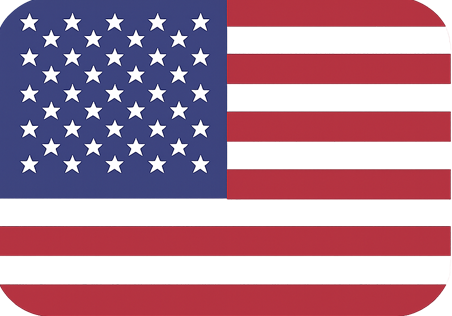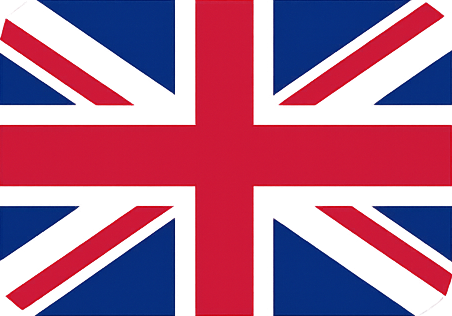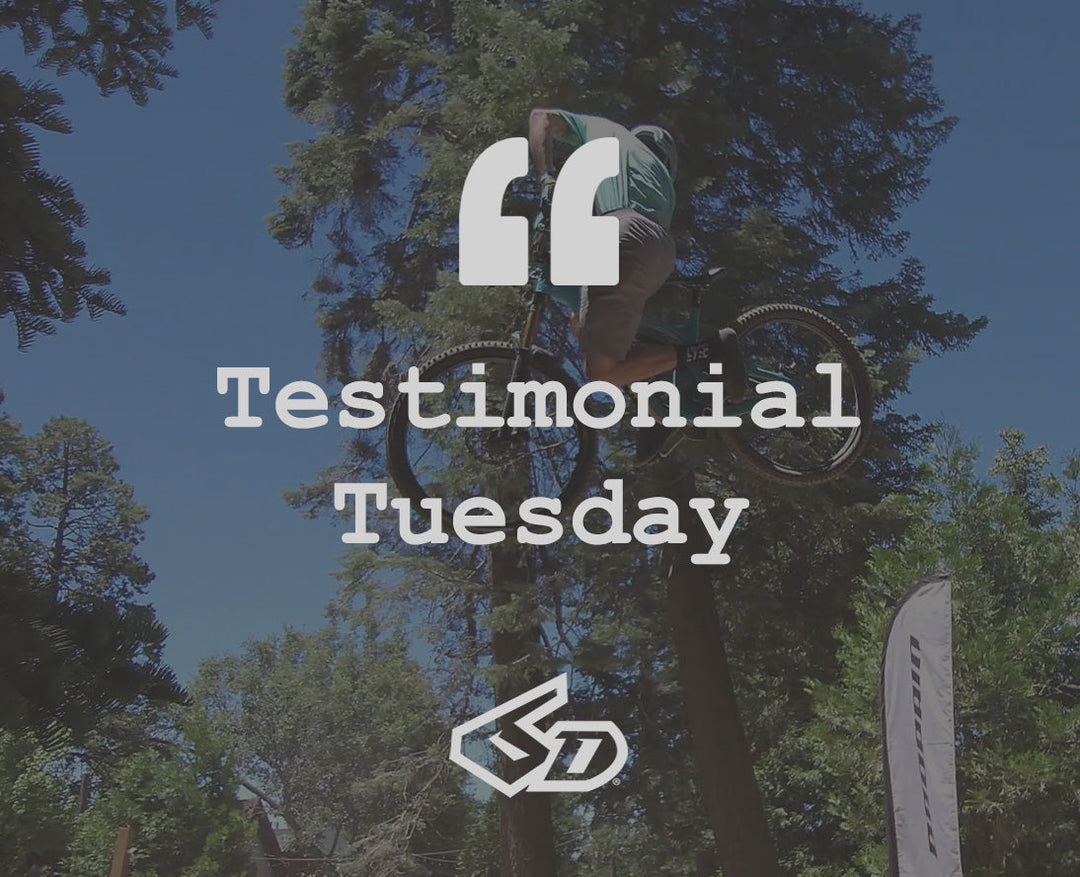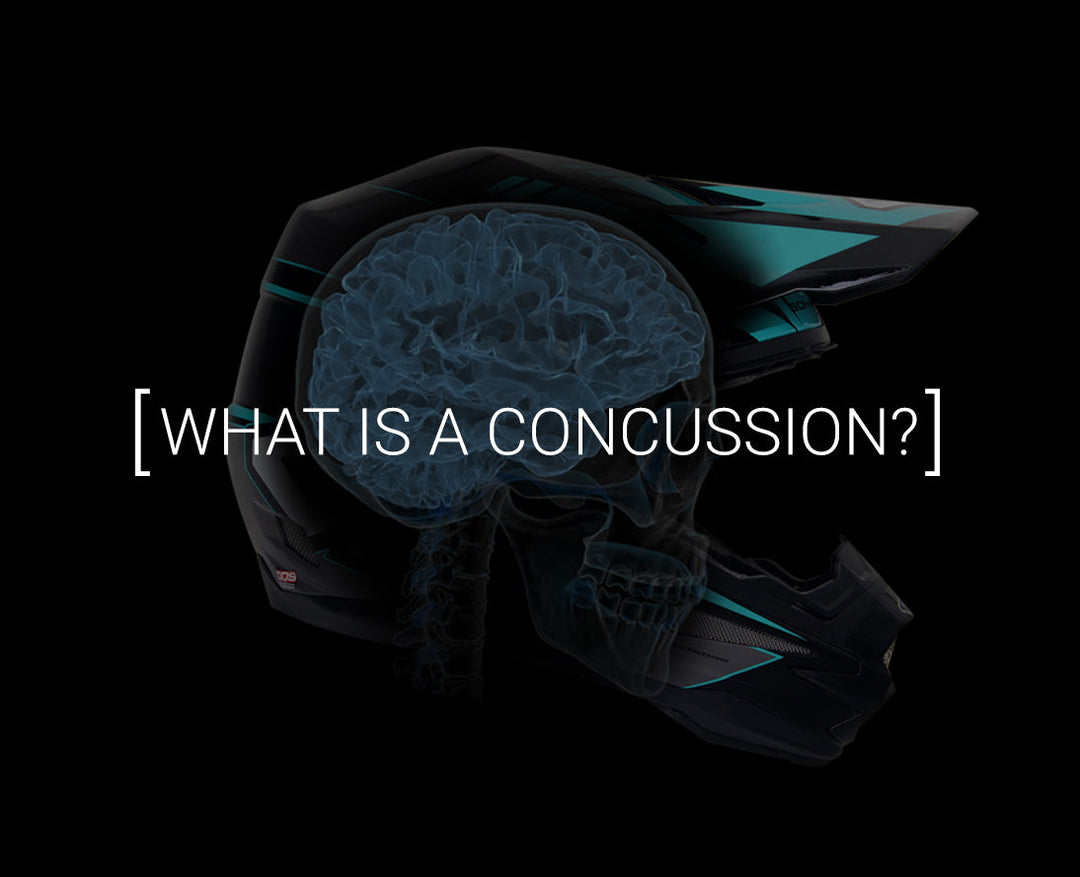MotoAmerica's Concussion Protocol
How common is concussion in MotoAmerica?
RR: It’s our most common injury by almost two to one, with number two being collarbones. The numbers vary between zero and half a dozen per race weekend.
When did MotoAmerica’s concussion protocol start?
RR: There wasn’t a concussion protocol in the series when MotoAmerica took it over, and that was very important to me, as our riders are at very high risk. The first year (2015), I was using a combination of a couple tests: SCAT 3 (Sport Concussion Assessment Tool, which is actually now on the fifth edition) and BESS (Balance Error Scoring System). That second one is a type of Vestibular Ocular Motor Screening (VOMS). Now we’re using a technology that tracks riders’ eye movements.
Does this new technology replace all the other tests?
JB: We measure hand-eye coordination, reaction times, auditory cues, eye tracking, balance, cognition. Concussion is heterogeneous, meaning there’s a bunch of components to it, so there’s not one test, and I don’t believe there ever will be, that can quantify all that. You have to take all the pieces and put it together.
RR: There’s also the thinking part, and that’s revealed with components of the SCAT test, where you’re asked to go through common things in reverse order, or remembering things. You’re testing brain function more than eye movement, etc. Cognitive performance sometimes takes longer to recover than vestibular; it’s a different recovery plan.

What happens if a concussion is diagnosed?
RR: If I can see that a rider was knocked out, they’re declared unfit for at least the weekend, which is something that should be true in every racing series—the rider needs that period of recovery. They remain on unfit status until they see me before they race again—usually the Thursday before the next race weekend, after the riders meeting.
JB: Chemically, we know what happens in the brain. We know the timeframe it takes for the initial inflammatory and cellular response of those nerve cells that get injured. Seven to 10 days is when that part of the process has run its course. The initial guidelines that everybody went by said seven days. That’s where that came from.
How receptive have the riders been to the concussion protocol?
RR: There’s a tremendous amount of under-reporting in the paddock, because everybody wants to be on the bike. It’s understandable, but we’re trying to protect the riders from themselves. If they get a second hit before they’re fully recovered from the first one, it’s trouble. Before every event, I’ll counsel the corner workers and ambulance crew, asking them to report any repetitive questioning—“What happened? What happened?” This lets me get a better acquisition of suspected head injuries. The younger population of riders is more aware and understanding. This issue is in the headlines, and people have witnessed the ill effects of concussion mismanagement. It’s really important for the riders to recognize that MotoAmerica cares about them. They’re not just disposable.
JB: Athletes want to participate, and they’ll minimize their symptoms. We understand that, and we’re certainly not on a vendetta to remove them from competition.
Is there anything unique about the concussions that road racers suffer?
RR: With our population of athletes, there’s so much tumbling, and it disrupts the balance apparatus, much more commonly than even motocross, where there’s a more direct hit—they’re not rolling and tumbling. Their injuries will be a little different from road racing injuries, and their protective needs will be a little different. The shear relief of a 6D helmet may actually be more helpful in a road race population than in motocross. I don’t believe that motorbike riders have the frequency of concussion that boxers or football players do, but they have greater magnitude. I don’t believe that CTE is as common. We haven’t dissected brains, but you can see evidence of its absence.
JB: With certain sports, we think that there may be a cumulative effect, even if you haven’t sustained a crash—just participation over the course of a season may change things. If so, that’s a problem with a preseason baseline test. You might get a false positive. By the 12th week of an NFL season, for example, some players have enough wear and tear that they might not even pass their physical exam.
Anything you’d like to add?
JB: Motorsports in general has kind of led the way in medicine. Our sport has taken medical data and converted it to safety data, to make safety and participation decisions that have been meaningful in reducing injury and increasing participant safety.
RR: Concussion is an important issue for motorbike riders out there. There are a greater number of club racers than there are MotoAmerica athletes, and those club racers have the possibility of the same problems. There needs to be self-policing by the athlete. If they take a hit and have a headache, quit the weekend—don’t risk it. Concussions can manifest with very subtle symptoms, and you often have to rely on very subtle findings, objectively, or symptoms as they’re reported. If someone doesn’t feel well, they should be able to say, “Look, I’m a club racer. I may be in the points lead, but I’m mot going to make a career out of it.” The risk is there.


 US
US
 UK
UK




Leave a comment